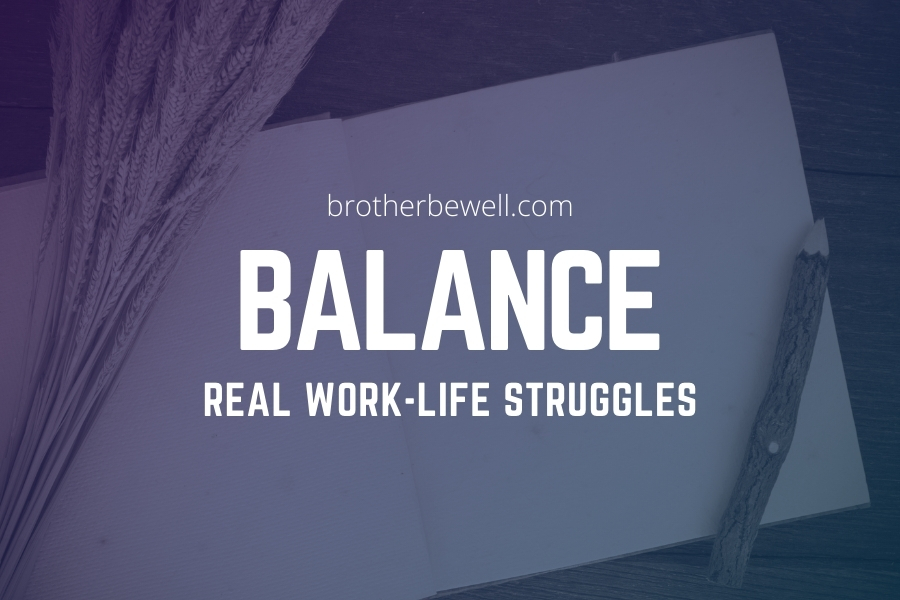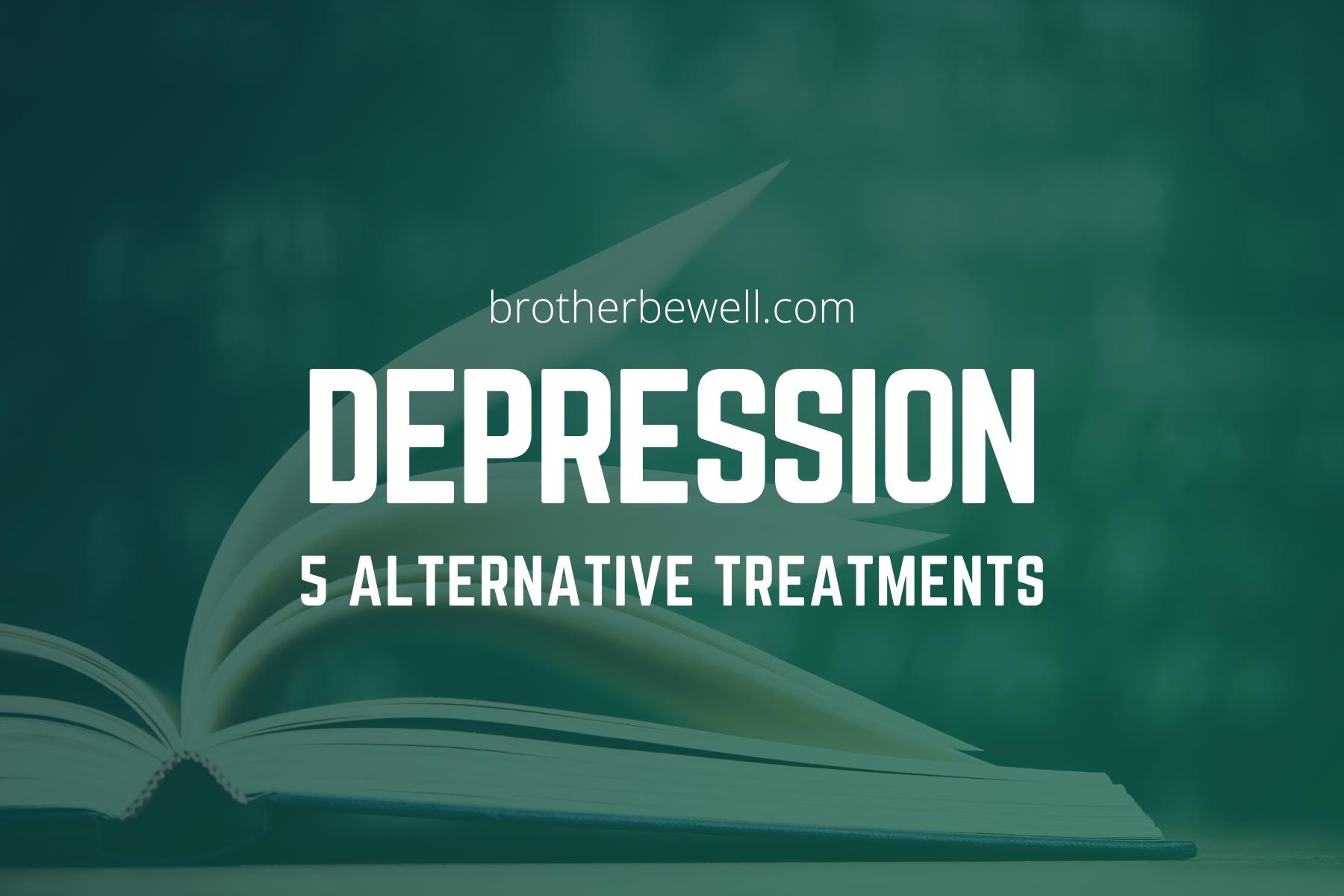Life is often portrayed as a balancing act, where we juggle various responsibilities, commitments, and aspirations. The better we become at managing these different aspects of our lives, the better we’ll feel overall, including in our mental health. While achieving balance may seem daunting, the good news is that there are practical steps we can take to cultivate more serenity and joy in our daily lives. By implementing mindful strategies, we can foster a healthier relationship with both work and personal life. Here are some helpful tips for living a balanced life that positively impacts our mental health.
Adjust Work Schedule
One of the first steps toward achieving balance is to evaluate our work schedules. If our current work hours clash with family life or personal commitments, it may be worthwhile to explore options for adjustment. Initiating a conversation with our employer about flexible hours or remote work opportunities can lead to a more accommodating work environment. If adjustments aren’t possible, we might consider seeking a position that offers a schedule that aligns better with our personal needs. Finding a job that respects our work-life balance can significantly enhance our overall satisfaction and well-being.
Leave Work At Work
Upon arriving home, it’s crucial to leave work-related stressors at the door. For those of us working from home, establishing a physical boundary—like closing the office door—can create a mental separation between work and personal time. While it’s natural to want to share interesting experiences from the day, it may be helpful to consciously set aside work discussions to focus on spending quality time with family or engaging in hobbies. For those living alone, immersing ourselves in activities we enjoy, rather than ruminating over work issues, can transform our evenings into a more pleasant and fulfilling experience.
Discuss Household Duties
Sharing household responsibilities can significantly alleviate the burden of daily chores, creating a more harmonious living environment. Open conversations with our partners, roommates, or even children about household duties can promote teamwork and accountability. Creating a visible chart with assigned tasks helps everyone understand their contributions and fosters a sense of shared responsibility. Making household chores a family event, like having a “clean house day” on weekends, can also make the process more enjoyable. The more hands involved, the lighter the workload becomes, allowing us to feel more balanced and less overwhelmed.
Family and Friends Night
In the hustle and bustle of daily life, it’s essential to carve out time for family and friends. Regularly engaging in fun activities strengthens our connections and enhances our well-being. Whether it’s playing games, doing a creative project together, or simply enjoying a movie night, these moments of joy can provide a refreshing break from our responsibilities. Prioritizing quality time with loved ones not only nourishes our relationships but also serves as a vital reminder of what truly matters in life.
Self Check-In
Regular self-reflection is a powerful tool for maintaining balance. Taking the time to pause, get quiet, and tune in to our feelings can provide valuable insights into our emotional state. Are we feeling stressed, angry, irritable, or burned out? Sometimes, asking someone close to us—like a partner, friend, or family member—for their perceptions can help illuminate areas where we may be out of balance. When we identify these feelings, we can take proactive steps to recalibrate our lives and make necessary adjustments to foster greater harmony.
Conclusion
Balancing work and life may take effort, but it is indeed possible and well worth the endeavor. By looking inward and assessing our needs, we can find ways to create more balance in our lives. Seeking out resources, such as blogs, expert advice, and supportive communities, can provide additional guidance and encouragement. Utilizing these tips can help us embark on a journey toward a more balanced life, ultimately leading to improved mental health and well-being. As we navigate this ongoing process together, let’s remember that achieving balance is a shared struggle, and we can support one another in finding our equilibrium.



